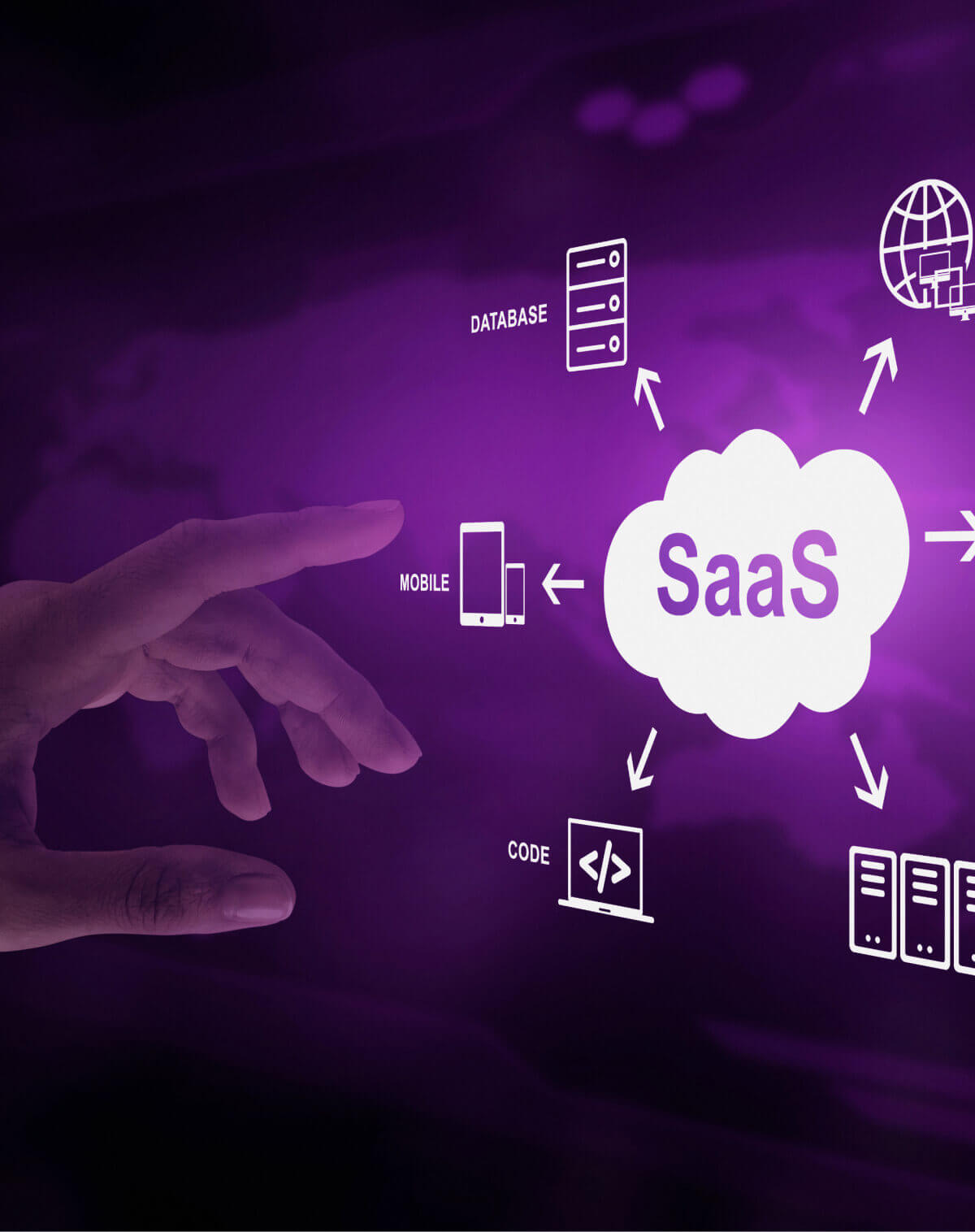
 Ognjenka Kukoleča
Ognjenka Kukoleča
Why Is Everything SaaS Lately?
Is SaaS the right choice for you?
In recent years, the buzz around SaaS has become almost deafening. It seems like every software solution is leaning towards a SaaS model.
But why is that happening? And more importantly, is SaaS something you should consider for your business?
Let's find out.
Understanding the SaaS Model
SaaS stands for Software-as-a-Service. It's a way of getting software where it's hosted by someone else, not you, and you can use it online. This differs from the old way of buying and installing software on your computer.
Why the Shift to SaaS?
Cost-effectiveness is a significant advantage of SaaS models. With subscriptions, businesses can avoid considerable upfront costs, paying for software monthly or annually. Currently, more than 70% of software used in companies is SaaS-based, and this number is expected to rise to around 85% by 2025. This trend mainly benefits small to medium-sized enterprises (SMEs), offering accessible and budget-friendly software solutions.
Ease of access is a key advantage of SaaS applications. Being cloud-based allows them to be accessed from anywhere, anytime, as long as an internet connection exists. This flexibility is underscored by the fact that 98% of workers desire remote work opportunities, highlighting the growing importance of working from any location. This promotes flexibility and supports the trend towards remote working.
Scalability is a standout feature of SaaS solutions. Gartner's prediction of an 18% increase in SaaS spending from 2023's $200 billion highlights the growing investment in these solutions. Businesses can reduce IT infrastructure costs by up to 14% by leveraging SaaS scalability, enabling them to adjust their subscriptions based on current needs without significant investment in new hardware or software.
Automatic updates are a great advantage of SaaS. With this model, the service provider handles updates and upgrades, ensuring that all users have access to the latest features and safety improvements without any additional costs or effort.
A notable advantage of SaaS applications is reduced time to benefit. These solutions are typically plug-and-play, requiring minimal setup, enabling businesses to benefit from the software immediately. Industry data shows that for 40.43% of SaaS businesses, customer onboarding takes less than a day. This fast-tracks the time to value for organizations, allowing them to quickly realize the benefits of the software used.
Is SaaS Right for You?
While SaaS has numerous benefits, it may not fit everyone completely. Consider the following:
- Data Security: Since data is stored on the provider's servers, businesses need to trust the provider’s ability to secure their data.
- Control: Some businesses may require more control over their software than SaaS allows.
- Connectivity: As SaaS relies on an internet connection, consistent and high-speed internet is a must.
- Customization: While many SaaS providers offer customization, it may be limited compared to in-house developed software.
In Conclusion
The Software-as-a-Service model has gained momentum for its ease of use, scalability, and cost-effectiveness.
As you consider adopting a SaaS model for your business, remember the importance of starting with a solid foundation. A Minimum Viable Product (MVP) can be a crucial step in this journey, allowing you to test, iterate, and validate your idea with real-world feedback.
If you’re intrigued by this concept you can also explore our take on 'The MVP Game: Mastering the Art of the Minimum Viable Product'. Understanding and executing an MVP strategy can significantly impact your SaaS journey, ensuring you are building something that truly resonates with your target users.
At the very end, if you are struggling with software complexity, please don’t. Your business SaaS revolution can start now with Invenit – because boring software is so last season!